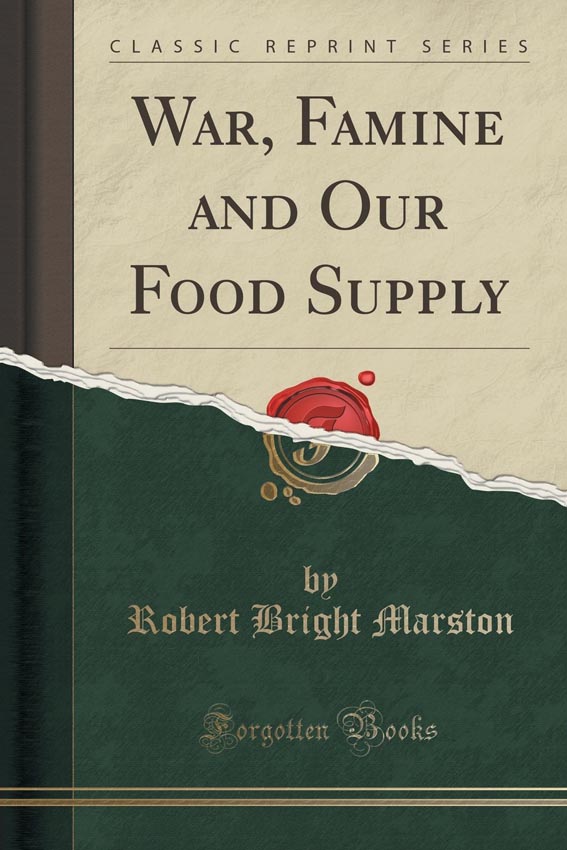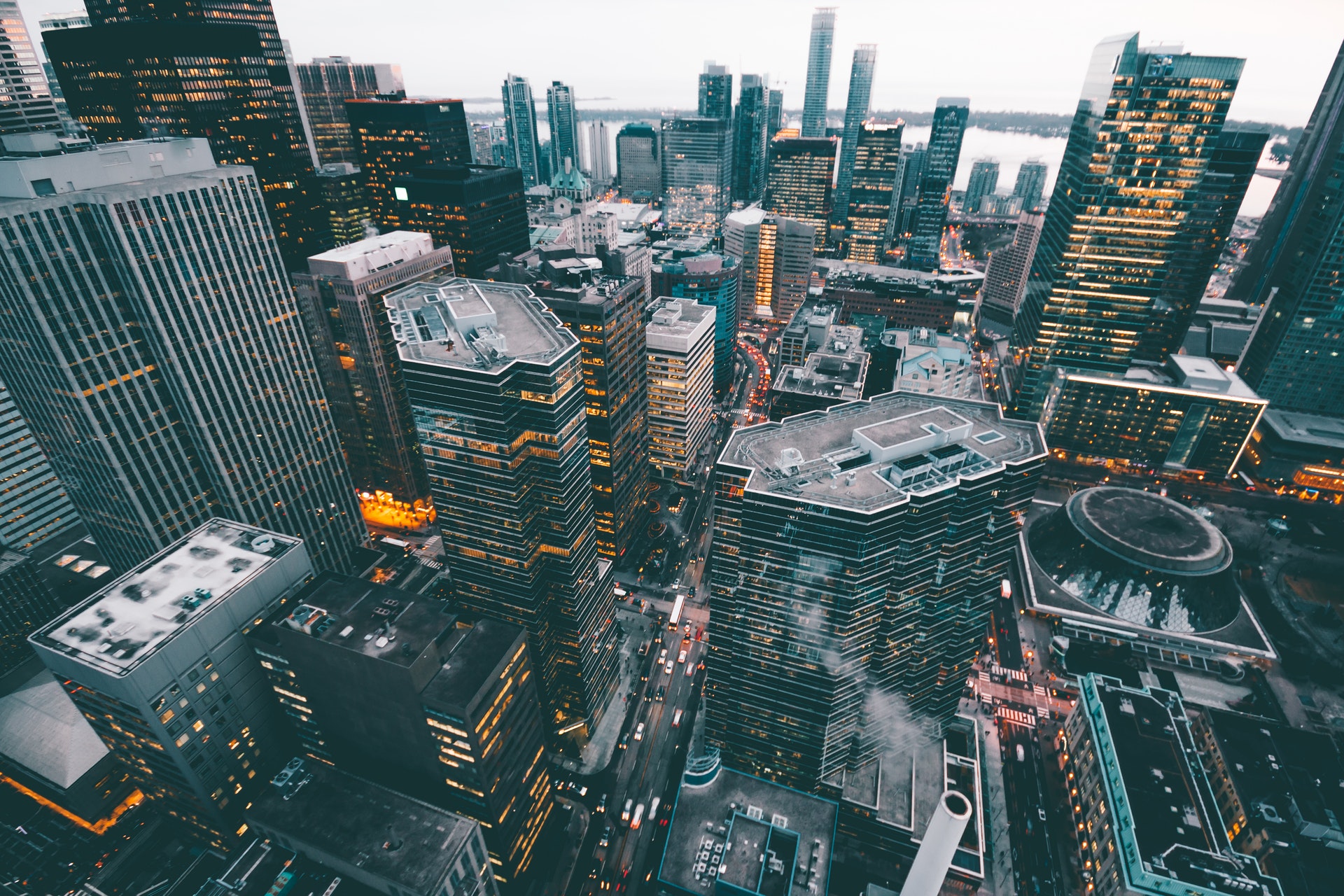With more and more talk about tech-powered smart cities, what are we doing to ensure innovative food logistics are part of the conversation?
When William McKinley became president in 1897, he enacted protectionist legislation and began what could be called a “buy local” campaign. In the same year, a British writer known for books about fly fishing wrote “War, Famine and our Food Supply,” fraught with concern about England’s ability to feed itself. The author, Robert Bright Marston, was beside himself, calling attention to England’s reliance on Russia and America for wheat and corn. Noting how Napoleon’s army starved on the steppes of Leningrad, Marston wanted another flavor of protectionism — the construction of grain storage buildings that would enable England to live for three months if a war cut the country off from its main sources of food supplies in Russia and the United States. He wanted to buy time for British farmers to build local capacity to make up for any missing imports from Russia and America.

Both McKinley and Marston knew that food was critical to the health of their nations, both to maintain social stability and to enable economic progress for all its citizens. Today, cities like New Orleans and New York City are keenly aware that disruptions — whether hurricanes or other breakdowns of the food supply chain — have received only improvised protections. And yet, with all the talk about “smart cities” enabled by technological advances, we hear very little discussion about innovative ways to secure food supplies against further disasters. Cities routinely talk about their three- to five-day food supplies, but those fall dramatically short of the luxurious three-month supply Marston was angling for.
“Today, cities like New Orleans and New York City are aware that disruptions have received only improvised protections.”
Whether or not a city needs enough food for three days or three months — or three years — is a question that deserves more attention. Syrians are happy to have three minutes to consume a hastily provided meal from the World Food Program. While the media talks about casualties caused by weapons, little is said about deaths caused by famine and poison through the food systems in countries now at war. Few are aware of the destruction of livestock and cropland, or the contamination of soil and water, over the long duration of some modern conflicts.
The ripple effect of the disruptions caused by wars is difficult to imagine. The most obvious is the breakdown of the infrastructure, especially in the transportation of food. In Syria, even the perception of a disruption in the delivery of food causes an increase in black market activity, rising food prices and higher incidences of hoarding. Pita bread, animal fat and potatoes quickly disappear into personal storerooms, and Syrians freeze and dry food for longer-term storage. As it becomes more and more difficult to transport food to Syria, Syrians are looking for more localized food sources. As commodities like fuel and flour diminish, people worry about being able to produce flatbread, a simple yet essential element of their diet. With the breakdown of Syria’s government comes the loss of state control of bread prices and ingredient supplies.
“The ripple effect of the disruptions caused by wars is difficult to imagine.”
While not as long term and uncertain as the Syrian crisis, Hurricane Sandy brought home how food supply disruptions can upset the stomach of an entire region. In the aftermath of the hurricane in 2012, gasoline was scarce, transportation broke down and food logistics professionals struggled to keep New Yorkers supplied with pizza and bagels. New York wants more than three days of food to keep it afloat in the future — 12 months would be nice. But who decides, and how do we accomplish what Marston argued for in 1897: at least enough food for a country to adapt and find new sources of sustenance? We need food to enter the conversations of urban designers, especially those engaged in creating those “smart” cities.

Author
The same sense of wonder that called Dr. Robyn Metcalfe to run the great deserts of the world has led her to take on the task of mapping our current food supply. A historian, desert distance runner and food futurist with a lifelong hunger to take on irrational challenges, Robyn Metcalfe marvels at what it takes to simply create a peanut butter and jelly sandwich.